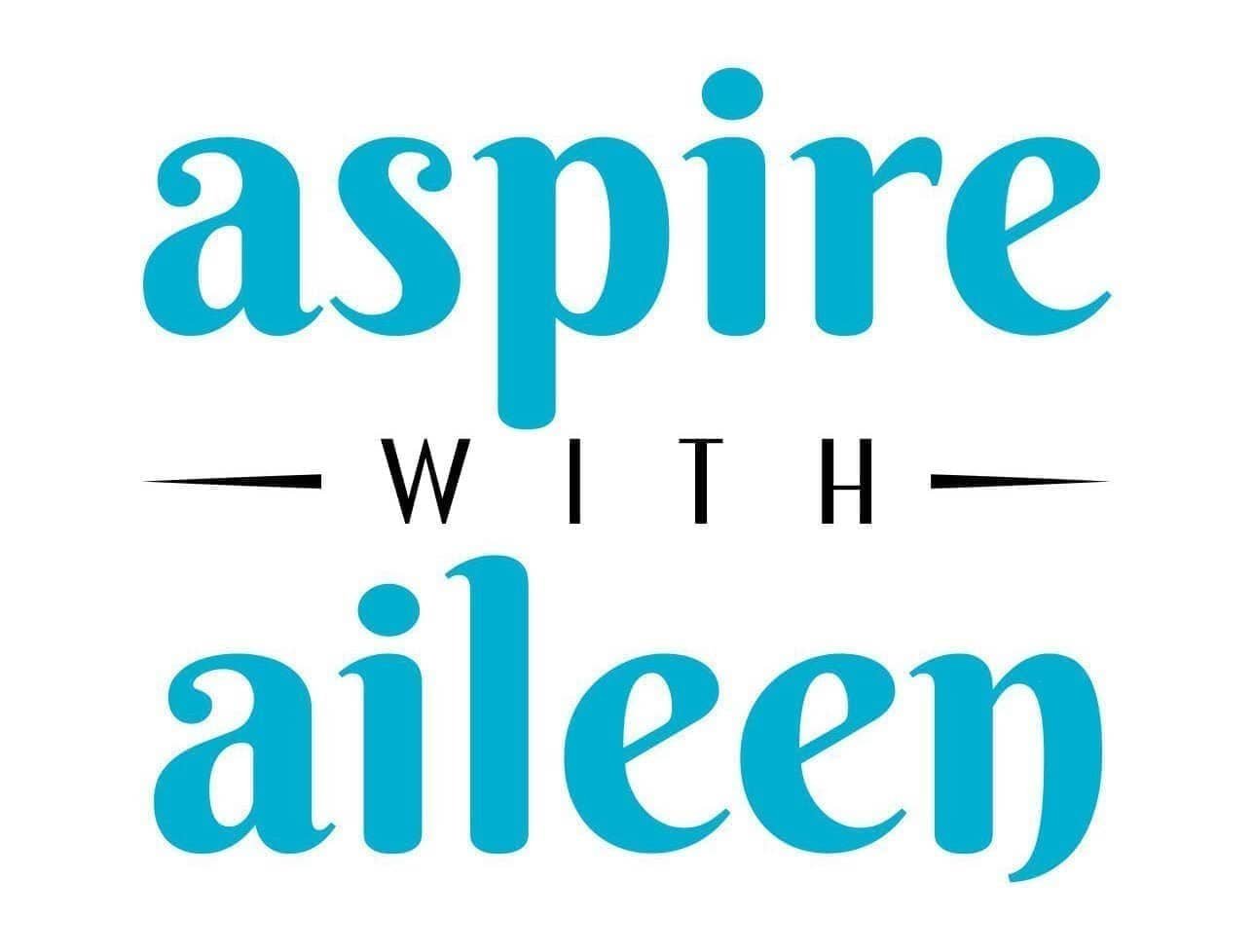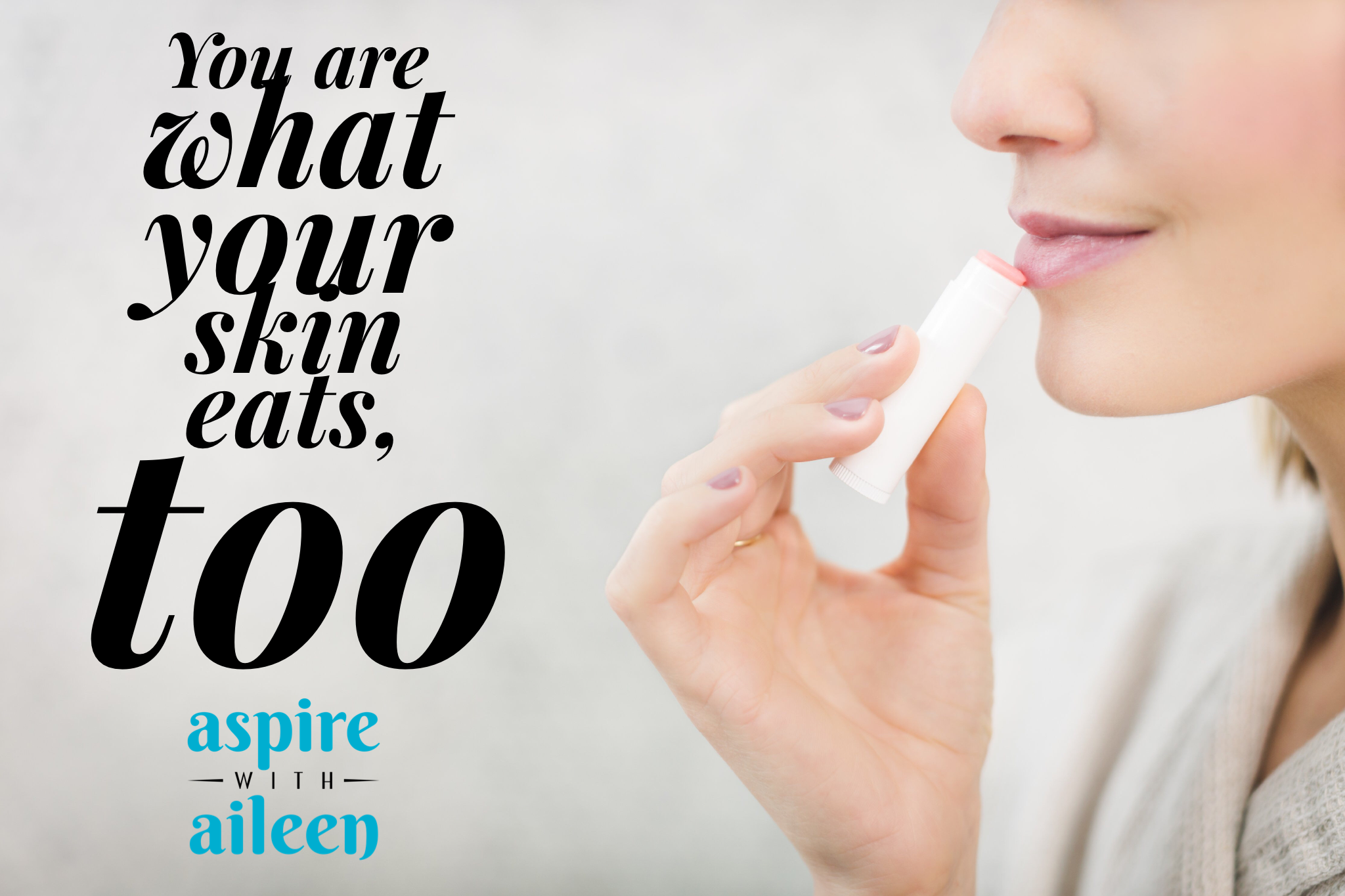To be completely honest (as always), what I’m about to share is information I sometimes wish I’d never learned. It’d be much easier to trust that if something is sold that it’s been tested and proven to be safe.
I was shocked and disappointed when I found out that this isn’t the case. As I learned more, I’ve moved from disappointed to angry. I share this not to scare you or judge you if you use any of these products. I also don’t want to sound like the crazy crunchy girl in the corner, but I’m willing to risk that to raise awareness because of my mission: to help exhausted professionals restore their energy, feel like their best selves, and do what they love.
These toxins in our personal care products that we’re exposed to on a daily basis steal our health, and the health of those we love.
I’ll walk you through the most important facts, and then just as importantly, how to make changes in your life without losing your sanity or your entire paycheck!
The scary facts:
The American government doesn’t require health studies or pre-market testing of the chemicals in personal care products (!!). Over the past two decades, the EU has banned more than 1,300 chemicals in the product formulas of personal care products and restricted the levels of over 250 more in such products. The US has only partially banned 30 to date.
There are more than 80,000 chemicals on the market today. Many don’t have any safety data. This is particularly true of those used in the skin care and beauty industry.
While there still needs to be even more research done, these chemicals can cause a host of health issues from weight gain to cancer (you may have seen this recent Johnson and Johnson lawsuit).
New analysis released just this month showed that male sperm count in Western countries has decreased almost 60% in the last 40 years. 60%!! They name these toxins, often endocrine disruptors, as one of the influences. Here is more about what endocrine disrupters do to the body.
Studies have found an average of 200 industrial chemicals, pollutants, and pesticides in the umbilical cords of babies. Personal care products are only one source (we’ll get to the others in a future blog post!) but this is heartbreaking given the vulnerability of that population.
Two of the areas I focus on with my clients are stress and energy, and this sums up how both are impacted by these toxins:
“Toxic overload is a condition that I consider to be one of the most frequent, yet least diagnosed, causes of fatigue. We are bombarded with environmental toxins on a daily basis (including pesticides, poor air quality, artificial chemicals, and foods with added hormones) that accumulate to create a toxic burden in our bodies. If that burden is allowed to remain in the body, it can become an ever-growing drain on many of our energy resources.
You may be surprised to find that your energy levels are tied into your gastrointestinal tract and that clearing toxins out of your body can help rejuvenate your entire system. Today, more than 75% of the population suffers from some type of gastrointestinal distress that can usually be traced back to food sensitivities or low enzyme activity inhibiting digestion. The foods you eat and your lifestyle in general can be causing your body a great deal of stress.” Dr Eva Cwynar, MD
We’ll save the food conversation for a later date. For now, I ask you this:
How many products do you put on your body in a given day?
The Environmental Working Group did a survey of 2300 people and on average, respondents use nine products daily. These contain 126 unique ingredients. One man in 100 and 25 percent of women surveyed apply 15 or more products each day.
Do an experiment and write down a list focusing just on your morning and evening routines. You’ll likely be surprised by your number (hand soap, face wash, lotion, body wash, shampoo, conditioner, deodorant, makeup… it adds up!).
What do we need to avoid? How do we know what’s toxic or not?
Since it’s not feasible for me to list all of the chemicals, here’s a cheat sheet of what to steer clear of based on the type of product (here’s another good one too). When in doubt, stay away from “fragrance” since that can be an umbrella for a lot of undisclosed chemicals, and anything that has ingredients ending in “paraben.”
The fastest, easiest way to assess products is by using the incredible EWG database. You can also scan items or look them up with apps including SkinDeep or Think Dirty. You’ve been warned: once you start looking up a few items you may become addicted and start looking up everything in your home!
What do we do now? Live in a bubble?
Learning this information can be overwhelming, to say the least. I remember wanting to throw out every single thing I owned, but knew that researching safe options and spending money to replace them all at once would be overwhelming too.
Fortunately, the days of me being judged when speaking about the dangers of aluminum deodorant are (mostly) gone. There’s a growing awareness of these issues, consumers are pushing back, and the market is responding by providing more non-toxic options. Beware of false advertising, however, as companies use phrases like “all natural” to attract consumers but the phrase means nothing.
The best advice I’ve gleaned from reading COUNTLESS articles in this space has been the following:
1) Start with the basics.
If you did the exercise above, you now have a list of the products you're exposing yourself to most often. Narrow these down: What do you use multiple times per day? What’s “on” your skin the most/longest? Which of your products are most poorly rated? Replace those first.
2) Replace other items as you run out of them.
Save your receipts, too, as many places like Whole Foods (amazing selection of personal care products!) will let you return an item if it doesn’t work for you. I put together a list of some of my favorite items here.
3) If you get really into it, you can make a lot of your own products.
It’s often as simple as combining essential oils with just a few common household ingredients. Instead of going full speed ahead then losing interest, only spend energy making items you use often. I adore Body Unburdened for her passion for this topic and recipes. Skin Cleanse is also a fantastic resource for learning more about the beauty industry and the importance of non-toxic products and healthy foods for clear skin (she graduated from the same nutrition school as me!). There are tons of DIY recipes in there too. When I switched to non-toxic products years ago, I actually noticed my skin was MUCH clearer when using fewer but cleaner products.
4) Spread the word.
Share this post with your friends and family and help them protect their health. This is also one of my signature corporate wellness workshops and I often get emails from employees after running it thanking me for this information and action plan. If you want to offer this at your company, reach out and we can chat more.
The first step is awareness, then action, and our collective actions can ignite broader change.
Sources/More Information:
http://www.ewg.org/skindeep/2011/04/12/why-this-matters/#.WX-Kp4jytEY
http://www.ewg.org/research/body-burden-pollution-newborns#.WX-T34jytEY


